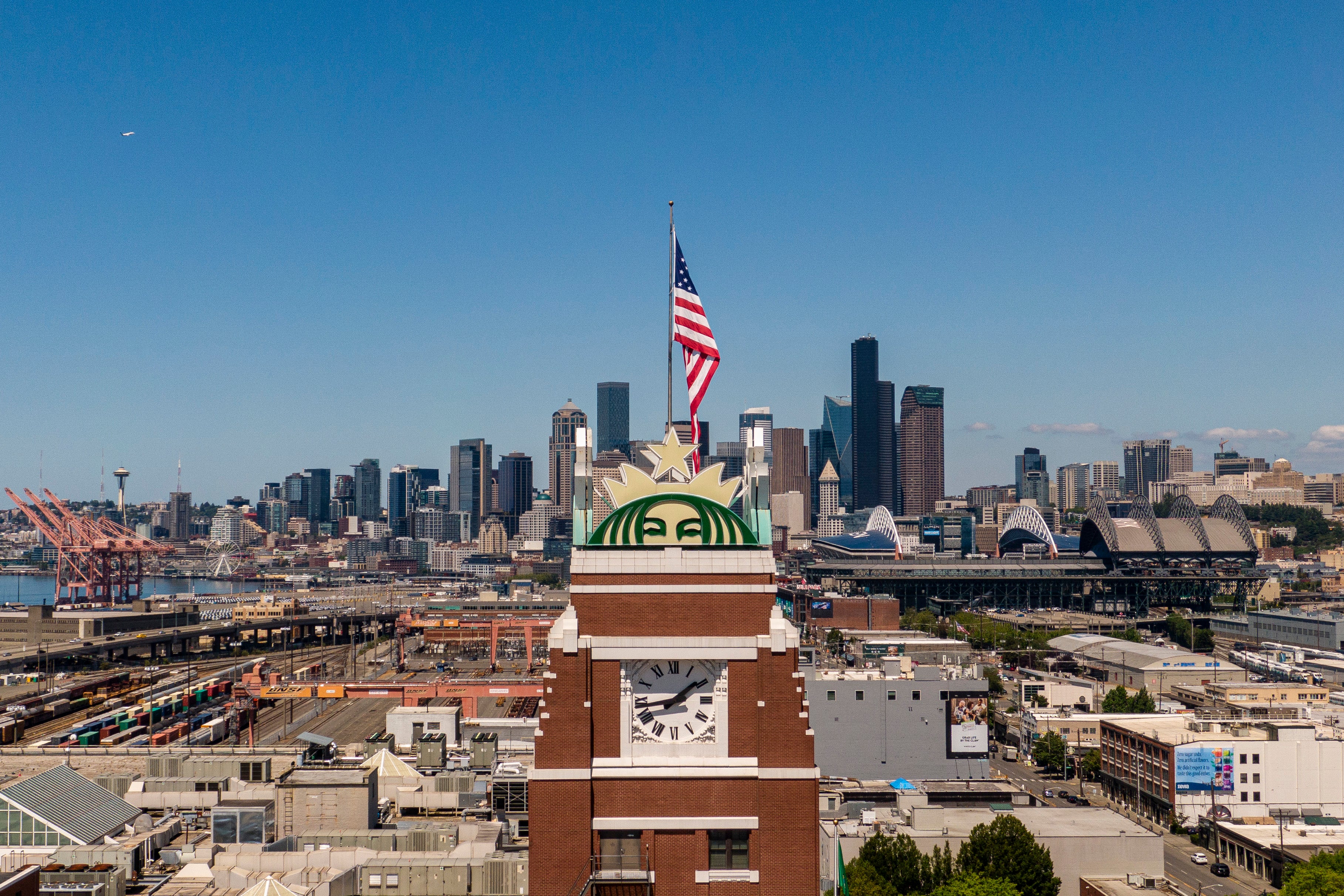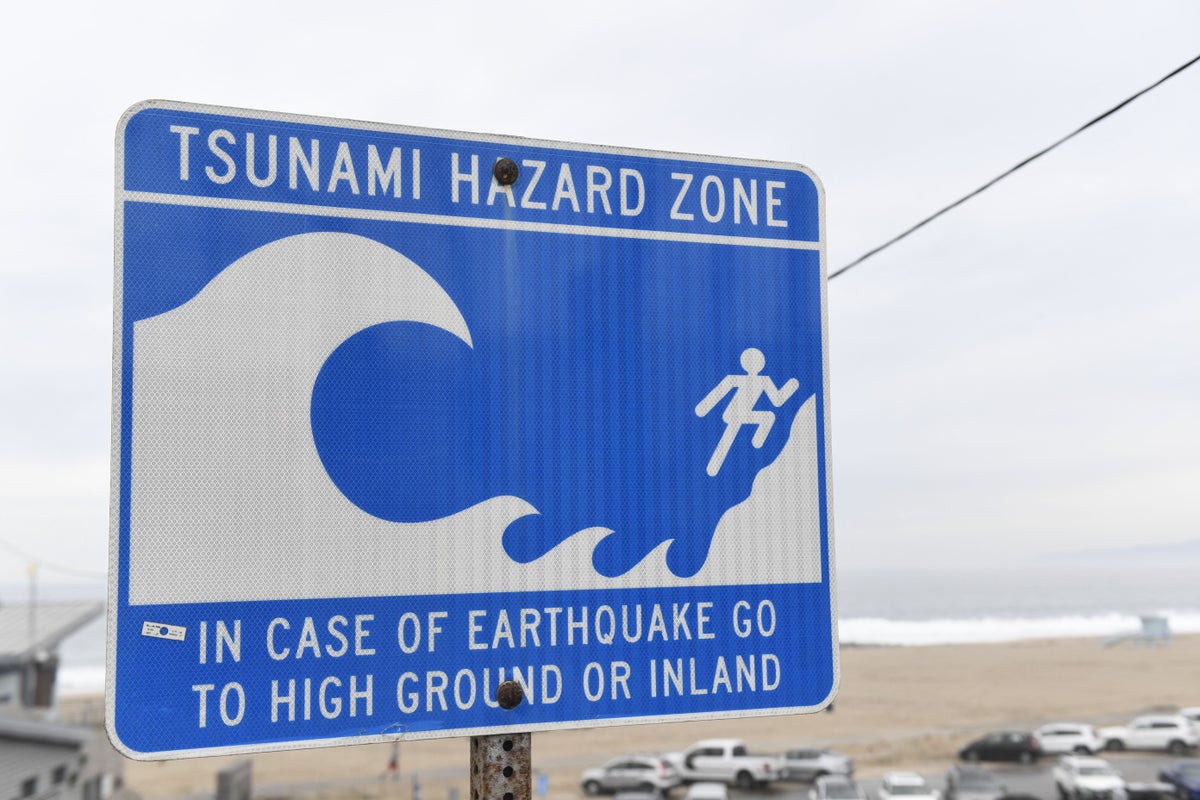Scientists are warning that a 1,000-foot-tall “mega tsunami” could potentially wipe a large chunk of America off the map – if a strong enough earthquake hits a specific active fault line over the next 50 years.
Alaska, Hawaii and parts of the mainland America’s West Coast are at risk if an earthquake erupts along the Cascadia subduction zone, a fault stretching from Northern Vancouver Island to Cape Mendocino, California.
A recent study by Virginia Tech geoscientists published in the Proceedings of the National Academy of Sciences estimates that there’s a 15 percent chance of a magnitude 8.0 earthquake hitting the region within the next 50 years.
That quake, which would potentially flush away cities like Seattle and Portland, Oregon, could also sink coastal land by as much as 6.5 feet, according to the findings.


In that instance, the mega tsunami’s waves could reach up to 1,000 feet, putting millions of Americans at new risk.
While ordinary tsunamis produce waves standing a few feet tall, mega-tsunamis are characterized by extreme height, with waves often stretching hundreds of feet into the air. Unlike gradual climate-driven events, this potential earthquake would “happen within minutes, leaving no time for adaptation or mitigation,” the scientists warned.
“The expansion of the coastal floodplain following a Cascadia subduction zone earthquake has not been previously quantified, and the impacts to land use could significantly increase the timeline to recovery,” said Tina Dura, lead author of the study and assistant professor in Virginia Tech’s Department of Geosciences.
The new research found the most severe effects would be in southern Washington, northern Oregon and northern California.
Alaska and Hawaii, though further from the fault line, are vulnerable because of their seismic and volcanic profiles.
There also has not been a quake of large seismic magnitude along the Cascadia subduction zone since 1700.



